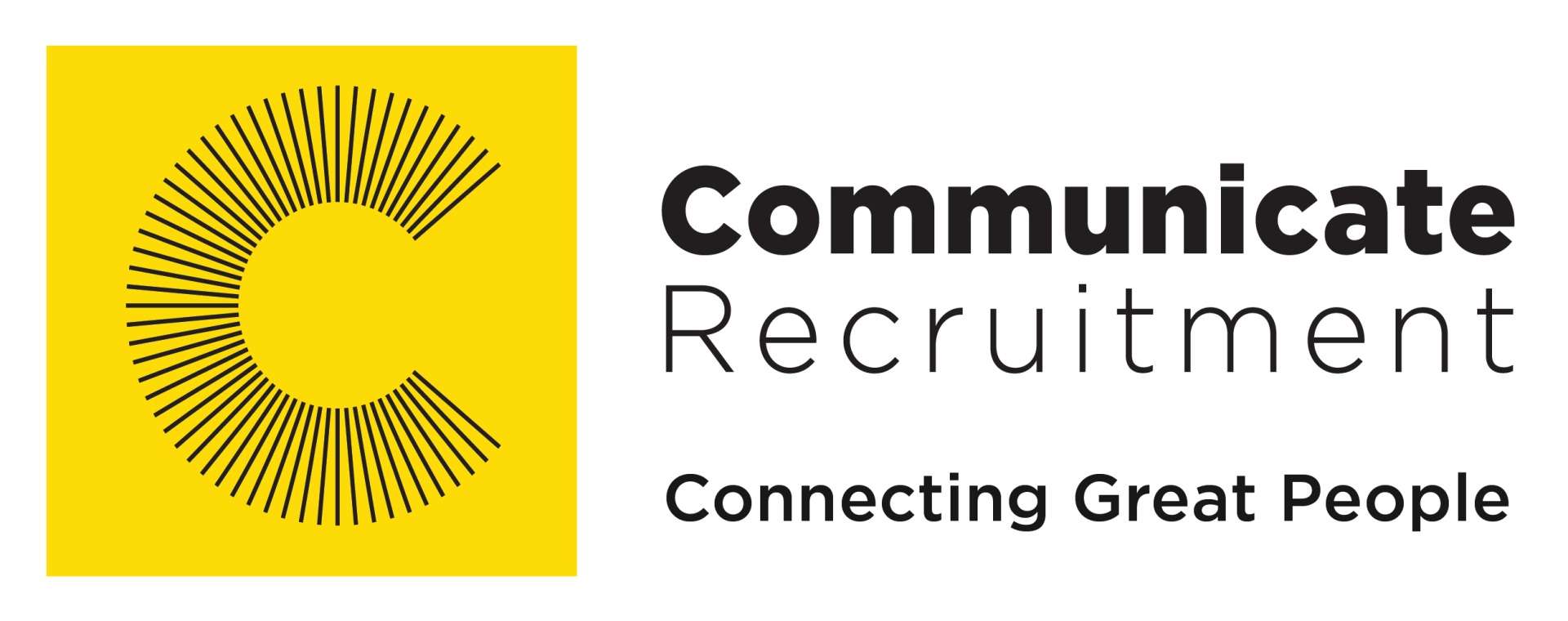Operation: Build Smart
When we hear the word ‘green building’, Sandton’s skyline comes to mind. Green building is on the rise in South Africa and more business is starting to follow the trend of going green.
The pressure to manage costs, risks, and the energy consumption is pushing commercial building owners and investors to explore how smart building technologies can help a company’s triple bottom line — people, planet, and profits.
“Smart buildings” or green building, which is the term most of us are familiar with, is defined as the effective integration of physical, digital, and human systems in the built environment to deliver a sustainable, thriving, and inclusive future for its people.
Smart buildings improve the use of technology in the design and operation of infrastructure in a way that meets the current and future needs of their citizens. Truly smart buildings should be about more than just connecting technology, they require consideration of control and growth, urban development and infrastructure, the environment and natural resources, society, and their community.
Why should more countries shift to smart buildings?
Climate change
With climate change threatening many cities through rising sea levels, increasingly unstable weather patterns, and diminishing resources, the governments of both developed and developing countries are forced to ensure new constructions requirements are more green face.
This means we need to use natural resources wisely, minimize waste and pollution, lessen and adapt to climate change including moving to a low carbon economy.
Creating successful cities that begin to ease some of these impacts is a balance between social, environmental, and economic opportunities delivered through smart planning, design, and construction, and supported by smart technology.
How can we make the shift?
Energy efficiency
In a country that is already struggling with energy resources, energy in buildings should be a priority. Because buildings are big users of energy it is important to use methods that are more energy-efficient, better insulated, less vulnerable to air leaks through poorly sealed windows, doors, and ceilings, and therefore less reliant on electrical energy for heating and cooling.
Cool Roofs: Made of special tiles and reflective paint, cool roofs have high levels of solar reflectance and thermal emittance, which work together to absorb less heat.
This keeps the buildings beneath cooler, thereby lowering energy use and bringing comfort to occupants. On the collective level, cool roofs help reduce the heat island effect in urban areas.
Also, because of the reduced energy consumption, cool roofs decrease the amount of greenhouse gas emissions.
In South Africa, examples of green roofs include the treed roof of the parking area at Nelson Mandela Square in Sandton, the Grace Hotel in Rosebank, House Westcliff, the library of Stellenbosch University, and Forum Homini at the Cradle of Humankind.
Solar hot water heating: The new regulations stipulate that commercial buildings complying with the Green Building Council of South Africa’s green building codes must generate 50% of their hot water using renewable energy, either through solar water heating or heat pump technology.
Lighting: The use of natural daylight instead of artificial lighting is obviously the most sustainable and efficient way of saving energy. Ensure that working spaces have an acceptable level of illumination without using artificial lighting during daytime by designing windows and skylights that are positioned to make the most of the natural light without overheating.
Green buildings also incorporate energy-efficient lighting, low-energy appliances, and renewable energy technologies such as wind turbines and solar panels. Reflective and angled ceilings will also bring more light deeper into a building. Energy-efficient light bulbs can substantially reduce energy costs. Compact fluorescent light bulbs (CFLs) use less than a quarter of the energy required to power a conventional light bulb for the same amount of time, and last ten times longer.
Conclusion
The business environment is ripe for the arrival of consistent, widespread regulatory policies addressing energy efficiency. It is recognized worldwide that buildings are a massive consumer of energy, this will influence the construction sector in South Africa to also adopt more sustainable building practices. And although still in its infancy stage, a smart building is a rapidly growing field.
The opportunities in the green building industry look quite promising. If you are looking for expert engineering candidates, we can assist.
We have numerous individuals in construction engineering, civil engineering, structural engineering, mechanical engineering, electrical engineering, and more.
Contact us today.





